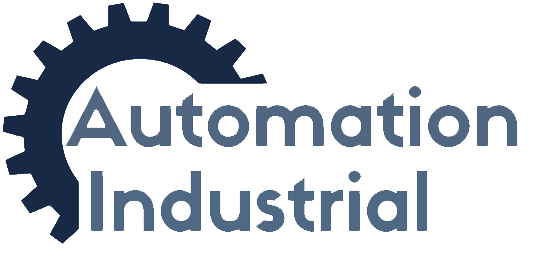The Dual Role of AC and DC Power in Manufacturing
Tags: AC, DC, Power Generation, Manufacturing
The landscape of manufacturing is powered by two fundamental electrical forces: Alternating Current (AC) and Direct Current (DC). Each has distinct characteristics and applications, making them vital in different facets of manufacturing. From driving heavy machinery to powering delicate electronic controls, the roles of AC and DC power are both diverse and complementary. This article explores the various uses of AC and DC power in the manufacturing sector, underlining how they collectively contribute to industrial efficiency and innovation.
The Dominance of AC Power in Manufacturing
AC power, characterized by its ability to change direction periodically, is the predominant form of electrical energy used in manufacturing. Its primary advantage lies in its ability to be transmitted over long distances with minimal loss, making it ideal for powering large manufacturing plants.
Running Heavy Machinery
The most visible use of AC power in manufacturing is in operating heavy machinery. Equipment such as lathes, milling machines, and conveyors typically run on AC motors. These motors are preferred for their robustness and efficiency in handling high-power applications.
Facilitating Large-scale Operations
AC power is also integral in large-scale operations, including assembly lines and automated systems. Its ability to drive powerful motors and withstand heavy loads makes it suitable for tasks that require sustained and substantial power output.
DC Power: Precision and Control
While AC power is crucial for heavy-duty applications, DC power is synonymous with precision and control, particularly in electronic systems and smaller machinery.
Electronic Controls and Microprocessors
In the realm of electronic controls and microprocessors, DC power reigns supreme. These components require the stable and consistent power supply that DC offers, ensuring accuracy and reliability in automated control systems and delicate electronics.
Specialized Machinery and Tools
DC power is often used in specialized machinery and precision tools. Its steady current is ideal for applications that demand meticulous speed and torque control, such as in robotics or CNC (Computer Numerical Control) machines.

The Synergy of AC and DC in Modern Manufacturing
Modern manufacturing environments often utilize both AC and DC power, harnessing their respective strengths to optimize efficiency and performance.
Hybrid Systems for Enhanced Efficiency
In many manufacturing plants, hybrid systems that combine AC and DC power are common. AC might be used for running the main machinery, while DC powers the control systems and precision tools. This combination ensures that each aspect of the manufacturing process is powered in the most efficient way possible.
Conversion and Compatibility
The interaction between AC and DC power in manufacturing often involves conversion processes. AC power, for instance, can be converted to DC when needed to run specific equipment or charge batteries. This flexibility is key in maintaining seamless operations across various types of machinery and systems.
The Role of AC/DC in Renewable Energy Integration
With the growing emphasis on sustainability, the role of AC and DC power in integrating renewable energy sources like solar and wind into manufacturing processes has become increasingly important.
Renewable energy systems often generate DC power (as in solar panels) or need to integrate with existing AC systems (as in wind turbines). The ability to efficiently convert and use this power in manufacturing is crucial in reducing the industry’s carbon footprint and embracing sustainable practices.
Power Safety
Safety is a paramount consideration in manufacturing, and both AC and DC power come with their specific safety protocols.
In handling AC power, especially in high-power applications, precautions are necessary to prevent accidents related to high voltages. Safety measures include proper insulation, grounding, and the use of protective gear.
While DC power at high voltages can be dangerous, its use in low-voltage applications (such as in control systems) is generally considered safer. However, caution is still needed, particularly in maintenance and troubleshooting of DC-powered equipment.
Conclusion
The dual use of AC and DC power in manufacturing is a testament to the versatility and complexity of modern industrial operations. Each type of power brings unique advantages to the manufacturing process, and their combined use allows for greater efficiency, precision, and innovation. As manufacturing continues to evolve with technological advancements and a growing focus on sustainability, the roles of AC and DC power will undoubtedly adapt and expand, continuing to be integral components in powering the industry's future.
